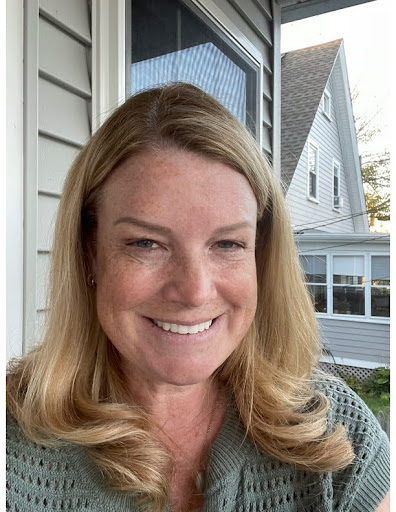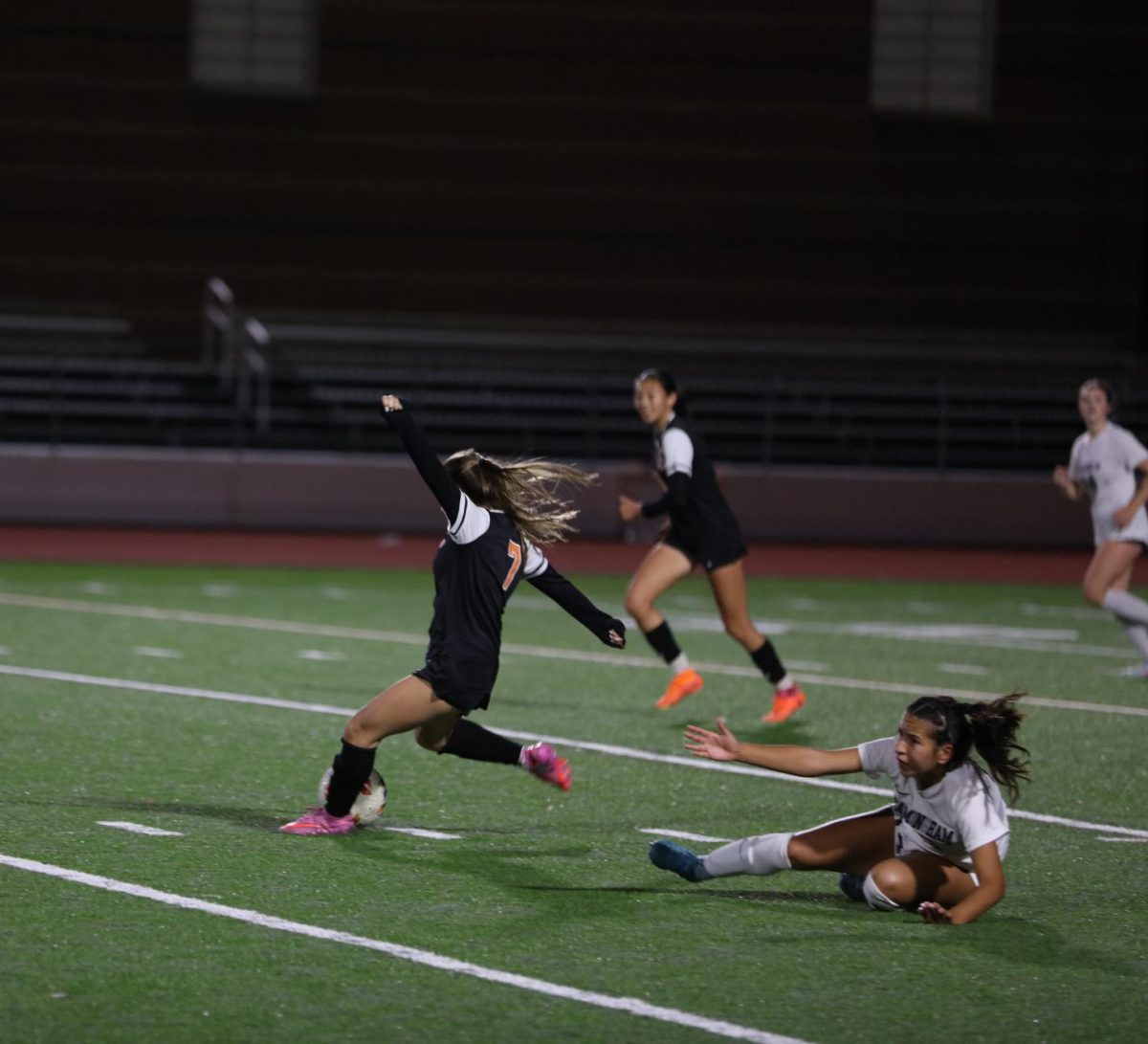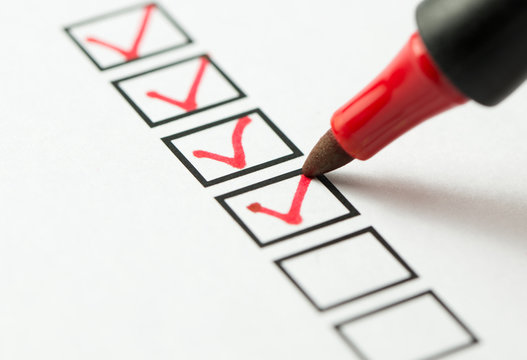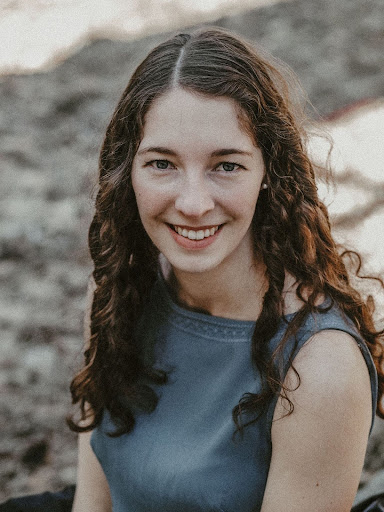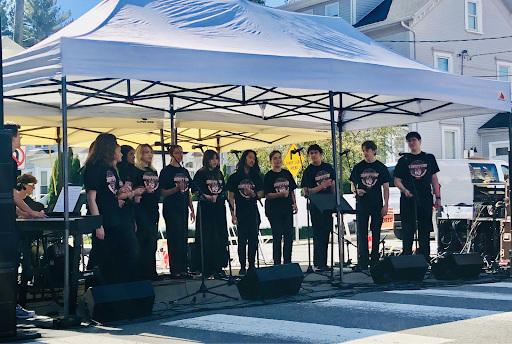 [/media-credit]
[/media-credit]
- Junior Alex Gribov works to find the removable discontinuity of a function during A-block math class.
by Connor Vasu
One-third of my class was not there as the bell rang. It was not a religious holiday, it was not the first few frantic days of school and it was not a mass pandemic.
It was yesterday A-block.
Sparsely populated classrooms with groggy students and tired teachers sipping coffee are not the best learning environments, so why does this school try to use A-block, a class that only meets in the morning, as a viable time to hold a class?
We have all heard the statistics––high school students do not get enough sleep. According to the National Sleep Foundation, only 18 percent of high school students get the 8.5 hours of sleep they need to function. So, instead of a block where not much can get done, the school should start 30 minutes later.
In fact, until the late 1990s, school started at 8:20 a.m.
According to the National Sleep Foundation, when a school moves back its start times, students are more likely to be on time when school starts. Additionally, attendance improves.
Schools do not want irritable zombies walking around the halls at the crack of dawn. Rather, schools want students with refreshed minds and bodies.
However, pushing back start times means pushing back school ending times. However, only pushing back start times 30 minutes is a small price to pay for extra sleep.
Furthermore, the National Sleep Foundation said that a lack of sleep can “limit your ability to learn, listen, concentrate and solve problems.” It can also contribute to illness and cause weight gain.
With students in A-block learning potentially less than students in other blocks, A-block teachers constantly have to play catch up. Also, during a test, decreased concentration can lead to poorer test scores.
An interim step for the school could be to get data for students’ performance on tests during A-block. This school could compare these scores to test scores in later periods to find out if their is a problem.
In addition, this school should teach us students a lesson on sleep deprivation. We might just pay attention.


